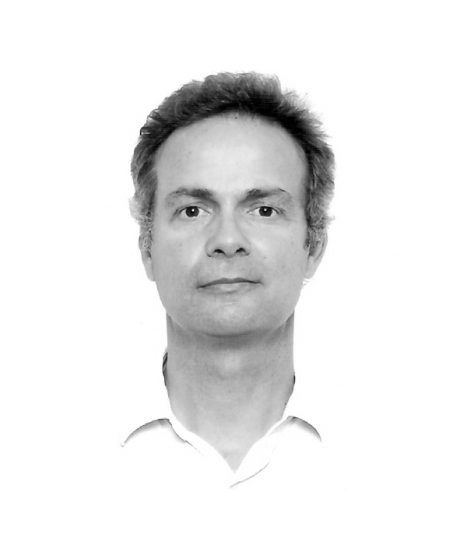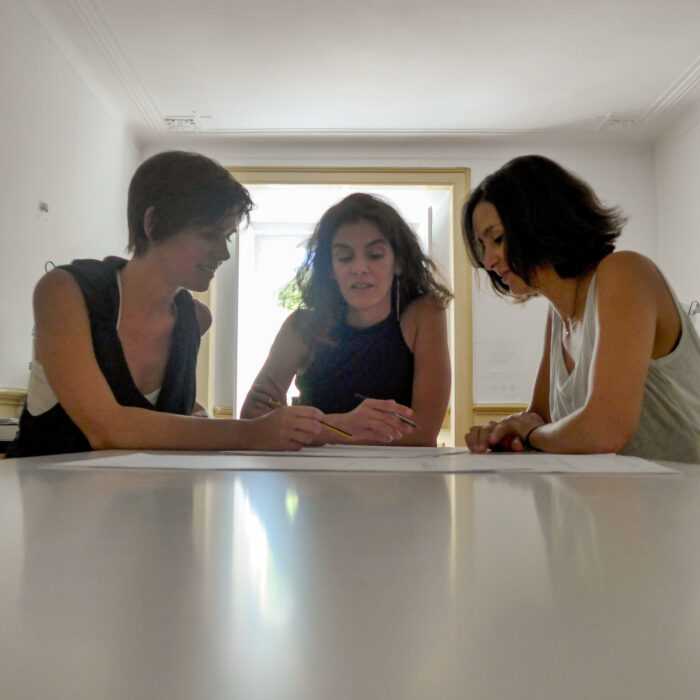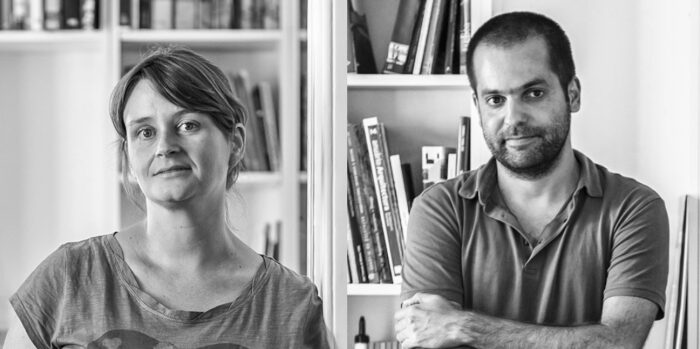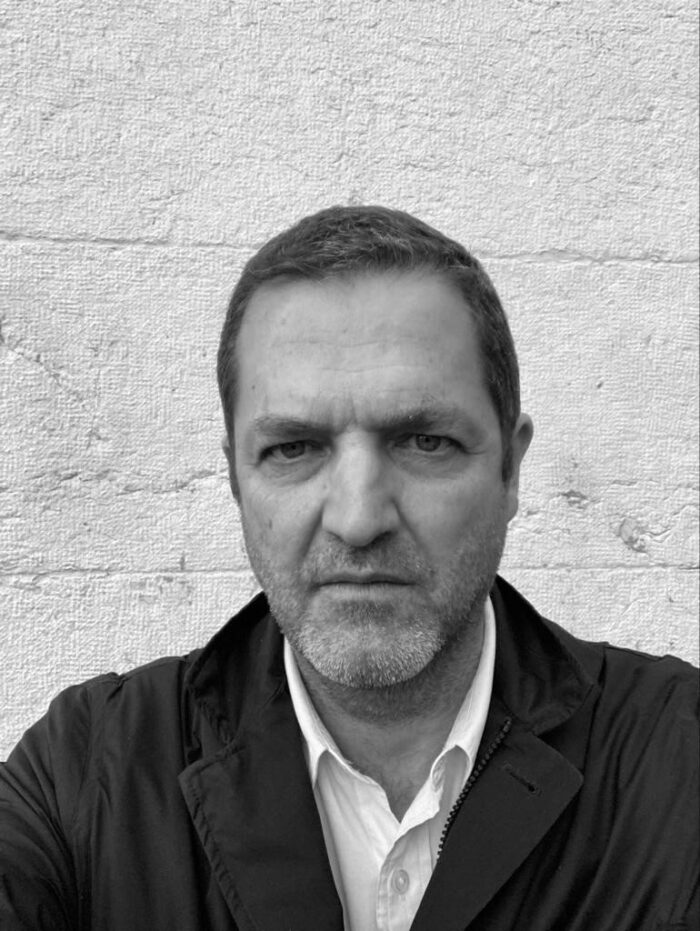A conversation with Arch. José Barra

A conversation with Arch. José Barra
'Architecture is in a state of schizophrenia. One day it is euphoric for the two Pritzker prizes and the next day depressed because it realizes that has to emigrate to survive. ’
Your career went through the studio of Arq. Byrne, with whom you still maintain a close collaboration. What are your biggest references in architecture?
I obviously owe a huge debt to Arch. Gonçalo Byrne (who, like the one I contracted with the “Troika”, I will hardly ever be able to pay…) with whom I learned a lot, not only in the technical and aesthetic scope but also in ethical plan. Arch. Byrne is truly exceptional, both for his enormous architectural culture and professional competence and for his enormous dignity and ethical sense. He is one of the most relevant personalities in contemporary architecture. For all this and for his universal knowledge of several subjects that go beyond the scope of architecture, it was and is, for me, an enormous privilege to be able to share his wisdom! In addition to the “sovereign debt” towards him, I also contracted huge debts with other generous colleagues, whether Architects, such as Manuel Mateus, Francisco Mateus, Maria João Gamito, Margarida Silveira Machado, José Laranjeira, Telmo Cruz, and many others; or Engineers, like Grade Ribeiro, Galvão Teles, Caetano Gonçalves and among which I will have to highlight Eng. Miguel Villar with whom I shared (and I hope I can continue doing so for many years) the design of many projects and learned so much, from the art of engineering, as well as others.
You won some public tenders. Do you think tenders are a fair and balanced way to promote the work of architects?
Transposing Churchil’s famous phrase on Democracy to this context, I would say that tenders are the worst system of access to comissions (public or private). If, on the one hand, it is unquestionable that the public tender is, in principle, the best way to allow all architects access to public commissioning under equal circumstances, on the other hand, due to the enormous costs involved in participating in these tenders (with a very low prospect of return on the high investment made), it is the most economically penalizing (and from this point of view, the most unfair) way of doing so. Knowing in advance that it will not be possible to establish the prefect system, at least one should try to reduce the costs of participating in these competitions.
You have a position in the Association of Architects. Do you feel that an active participation in the coordination of matters of interest to the profession is important?
I accepted the invitation to participate more actively in the associative life of the Association of Architects because I believe that we all have a duty to contribute to the effective improvement of common living conditions. Although it is fundamental, I believe that it is not enough to have a critical analysis of society, and its representative bodies. Associative participation is the best way to make that same criticism consistent. It is not an easy task to reach consensus in a universe of more than 20,000 members, however I have no doubt that the Association of Architects is currently the most effective way to give voice to all architects, promoting and defending their professional practice, architecture and the right of access by all that betpeople.
I was told that you are a professional concerned with architecture as an art, profession, economic activity, social instrument, human work, an aggregating element of society, a civilizational tool… Is architecture all this?
I think that architecture is all that and a little more. It is extremely difficult, if not impossible, to define the limits of the different areas of activity of architecture, since all architectural interventions are also artistic (good or bad) and social, and, to that extent, necessarily political proposals. Arch. Gonçalo Byrne reminds us several times that politicians are rarely heard talking about the city, when in the origin of the word political is the Greek term “polis”, which means precisely “city”. On the other hand, the relations between architecture, politics and economics are governed by the most elementary and cruel rules. Building has costs and whoever supports them defines the conditions for its execution. When it comes to public investment, it is necessarily the policies of the government in function that define its application. When there is no more capacity for public investment, as it is the case nowadays, this capacity for political intervention decreases dramatically.
How do you see the current state of architecture?
I hope it is my view, but I am afraid it is in a state of schizophrenia. If one day you are euphoric for the worldwide recognition and admiration due to the two recent Pritzker prizes obtained (one last year and the other in 93), the next day you are in deep depression, because you realize that you have no future in this country and that you have to emigrate to survive! And unfortunately this situation is similar in the scope of national engineering, which has also been recognized, twice in recent years, with the biggest world prize in its field, the Ostra-Outstanding Structure, but which also faces a huge crisis due to the lack of work.
I heard that you are immensely seduced by the arts, especially by music and cinema. What do these forms of artistic expression provide you with?
I think that art and life are inseparable, one cannot exist without the other. In this sense it seems to me that the attraction for any artistic form is something natural and inevitable. On the other hand, it also seems inevitable that interest in any form of art extends to other forms of art given their evident correlations. I don’t think it’s possible for us to enjoy listening to music and not be attracted to dance, and then to become interested in theater, and then we move on to literature, and so on… I don’t think my condition as an architect explains these attractions, however it is inevitable to be interested in the relationship between architecture and the other arts.
This interview is part of the Artes & Letras Magazine # 34, September 2012
Partially automatic translation from portuguese: some expressions may differ from their actual meaning.
News & Interviews
A conversation with SIA Arquitectura
'A Spanish intern said that at universities in Spain, the two countries that are “case studies” on how to build are Switzerland and Portugal. This is admirable when conditions are so different. ’ Read more
A conversation with Arch. Tiago Saraiva and Arch. Andreia Salavessa
‘There is architectural work to do in the country and people need it, what doesn’t exist is money. We identify the problems and apply to resolve them.’ Read more
A conversation with Arch. João Favila
'I often say that architecture is similar to cooking. Both are about alchemy, with the right proportions and doses, with transformation and precision.' Read more




